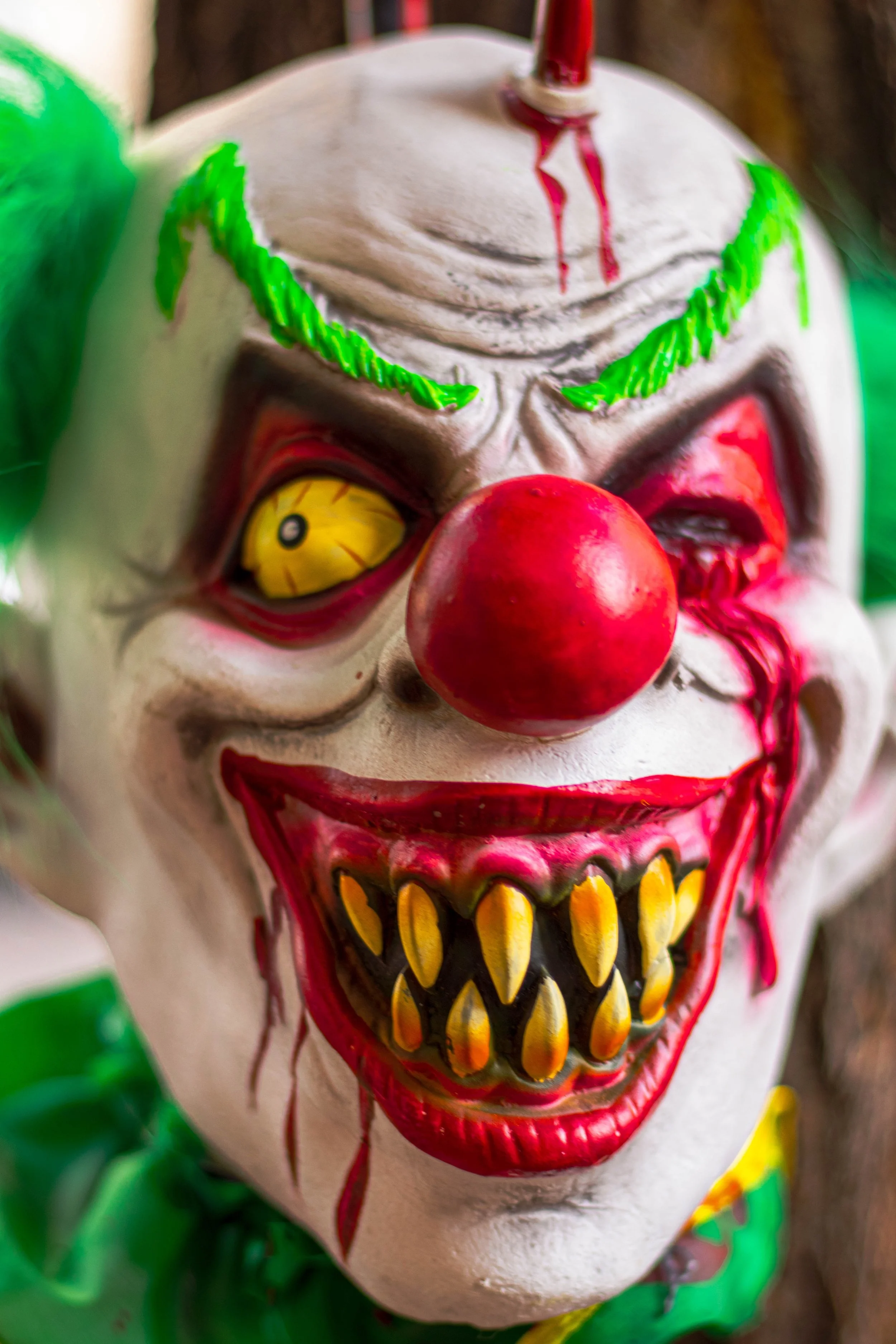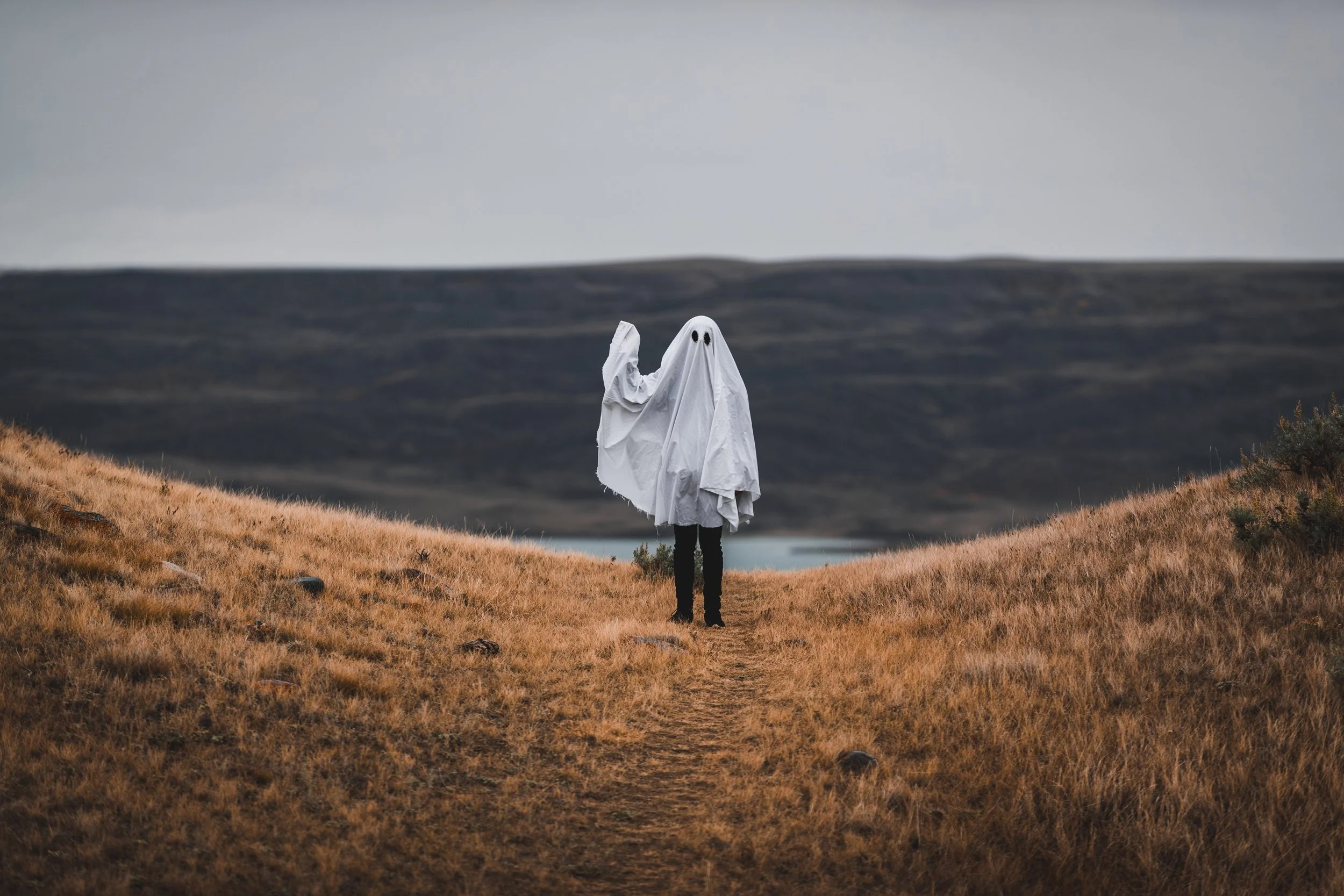3 lessons from Writing the Weird, by JS Breukelaar on Litreactor
The writing course I didn’t know I needed
Reading time: 5 min
Credits to: litreactor.com
Intro
I write weird stuff.
I’ve always been aware of it, even if unconsciously, but little did I know that other people wrote weird stuff too, and some of them are really good at it.
When I saw the course “Writing the Weird” taught by the outstanding JS Breukelaar on Litreactor, I didn’t know what to expect, but I had to sign up.
And, oh boy, I was up for a trip.
Ok, ok, but what is the weird? The weird is a genre or a subgenre of horror, which deals with the uncertainty of being human. Weird fiction explores the realms of unsettling humanity we can’t think of. It does not tackle the unknown, but rather the unknowable. Or, as JS said during the first lecture:
“Unlike horror, in weird fiction there is no possibility of getting back to any kind of normal, and in that lies a vast peril and a vast promise.”
“Weird fiction goes there, beyond the constraints of reason, and what’s more it never quite brings us back. Nor do we entirely want it to.”
The Bridge, JS last novel, is available here
Going through the lectures and the suggested material was so incredibly interesting and thought-provoking I had to write a piece about it and suggest the course to as many writers as possible. Not only it gave me an insight into what I was already writing, it also exposed me to several amazing authors I wouldn’t have read otherwise, and at the end of the month, I was left with a 2,000 words weird short story which is still among the ones I’m prouder of.
If this wasn’t enough to convince you, check out the three main lessons I walked away with after attending “Writing the Weird.”
I assure you, it’s not about genre, it’s about good writing.
You can sign up for the course (which will start on the 8th of March) here.
I don’t get any endorsement for this, I just genuinely think it’s worth every penny.
Lesson 1: First, be human
I remember a discussion I had a few years ago with a director friend of mine regarding one of his screenplays. It was a time travel story, incredibly trite, in which the main character was both the hero and the villain. It lacked anything distinctive. The characters were pieces of cardboard and even the setting was very USA-flavoured instead of being rooted in what he knew. When I told him what I thought, he neither agreed nor disagreed, but he believed there were some elements in the story that elevated it to the next level. When I asked what those elements were, he replied: “During the first and last scene, in the background, there is a copy of Einstein’s Theory of Relativity.”
To paraphrase what my teacher said during the course; nobody cares about your background.
“Human action around an unsettling, anxiety-inducing set-up is your portal into the weird.”
Any story should start with a human moment, but even more so a weird one. The reader—or the viewer, depending on your mean—needs something to care about, something to relate to before taking the leap.
If your house has no foundations, I wouldn’t worry too much about the wallpaper.
Lesson 2: Write honestly.
“How low your character goes, how high, is something you have to be able to access, to admit to, in yourself. Otherwise no one, not you, your character or your reader will buy it. Writing is a process of finding out what makes you sink or swim, in order to find it in the other. Writing is this exchange of light.”
There is loads of advice out there for inexperienced writers. Story structures, elements of style, find your voice, character development, polish your sentences. There is, in fact, very little about being honest and vulnerable, although one could argue that this is the most important part.
Monsters are not scary because they are ugly. Monsters are scary because they show what we are capable of.
That’s why Stephen King has been so successful. He’s not just a master crafter and the king of suspense; he translated his demons into characters for us to be terrified by them.
So, in “Misery,” Annie Wilkes is not just a murderous nurse, she is the personification of addiction itself.
When Jack Torrance in “Shining” finally loses his mind and chases his family with an axe, he’s not just a crazy guy impossible to empathise with. He’s a man who has struggled with alcoholism and anger issues all his life, and what’s petrifying about him is his humanity, not his madness.
Even if you want to write weird, inter-galactic romances between spaceship equipment, I strongly recommend (and JS does the same) practising honesty in your writing.
Lesson 3: There is a market for everything
Just to reiterate: I write weird stuff. Before attending the course, I was convinced that what I enjoyed writing was going to be relegated to the back shelf of my local bookshop if I ever found the guts to self publish, regardless of quality. Now I know I was wrong.
Thanks to JS I got to know authors such as George Saunders and Joe Hill and their marvellous short stories. The first was so impactful on me that I’m now subscribed to his Substack Newsletter (I know, I know, too many newsletters. I’ll never learn.) and the second has a movie and a show adapted from his books on Netflix.
This is to say that you can be extremely successful in the narrowest of niches—which means—write what you love, the rest will come.
Alla prossima.
Photo by Tandem X Visuals on Unsplash




